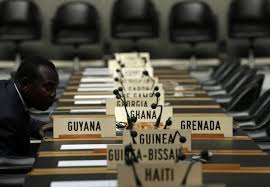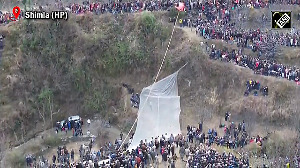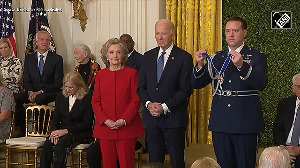 Verdict expected in August
Verdict expected in August
India might once again face flak at the World Trade Organization’s dispute settlement body over its solar mission programme case against the US even as the verdict is expected by end of August.
The WTO dispute panel had its last hearing in early May and now the final verdict is awaited.
The case was filed by US in 2013 with another follow-up case in 2014 along with the launch of both phases of Jawaharlal Nehru National Solar Mission, which aims at producing 20,000 mW of solar power by 2022.
In both the petitions filed at the WTO disputes panel, the US alleged that Indian authorities were asked for mandatory usage of domestically produced solar power panels, which restricted the entry of American imports.
The US, in its submission to the WTO, stated that India has violated Article III:4 of the General Agreement on Tariffs and Trade by not giving national treatment to imported products.
Additionally, it also said India was in violation of WTO Agreement on Trade-Related Investment Measures, which prohibits the imposition of local content requirements.
“The panel had its last hearing and we are expecting the verdict soon. . . We have presented our case strongly, but the chances of having a favourable decision look bleak,” a senior commerce department official told Business Standard.
The US had also complained to the WTO that solar power producers in the country receive certain benefits and advantages, such as long-term tariffs for electricity, dependent on their purchase and use of solar cells and solar modules of domestic origin.
The first case was filed in February 2013 where the US was miffed with the fact that the government was urging developers of photovoltaic projects to procure solar cells and solar modules from domestic manufacturers only.
Subsequently, when the second phase was launched in February 2014, the US stated that India still insisted on domestic content requirement.
Consequently, the panel on India -- Certain Measures Relating to Solar Cells and Solar Modules (WT/DS456) was established by the WTO DSB on May 23, 2014 and composed on September 24, 2014.
The case was later joined by the European Union, China, Japan, Australia, Russia, Canada, Brazil, Saudi Arabia, Malaysia, Norway, Ecuador and Korea as third-party observers.
According to Biswajit Dhar, economics professor at Jawaharlal Nehru University and trade expert, the stance taken by the US was “pre-emptive and lacked merit” when in reality, their products were used, and DCR was only a statement of intent. In the second phase of NSM, Chinese solar panels were used.
Earlier in March this year, the EU also raised questions and sought more details on the government’s plan to set up 1,000 mW and 15,000 mW solar power projects, which were approved by Cabinet in December 2014 and February 2015, respectively.
India recently lost a dispute over poultry imports against US at the WTO.
WTO SOLAR DISPUTE -- AT A GLANCE
- India sees chances of winning WTO solar dispute case against US bleak
- WTO dispute panel had last hearing in May; final verdict expected in August
- US had filed two cases against India's insistence on domestic content requirement for Phase I & II under NSM
- US stated India had violated rules under GATT & TRIMs
- EU also raised questions on mandatory usage of local content











 © 2025 Rediff.com -
© 2025 Rediff.com -